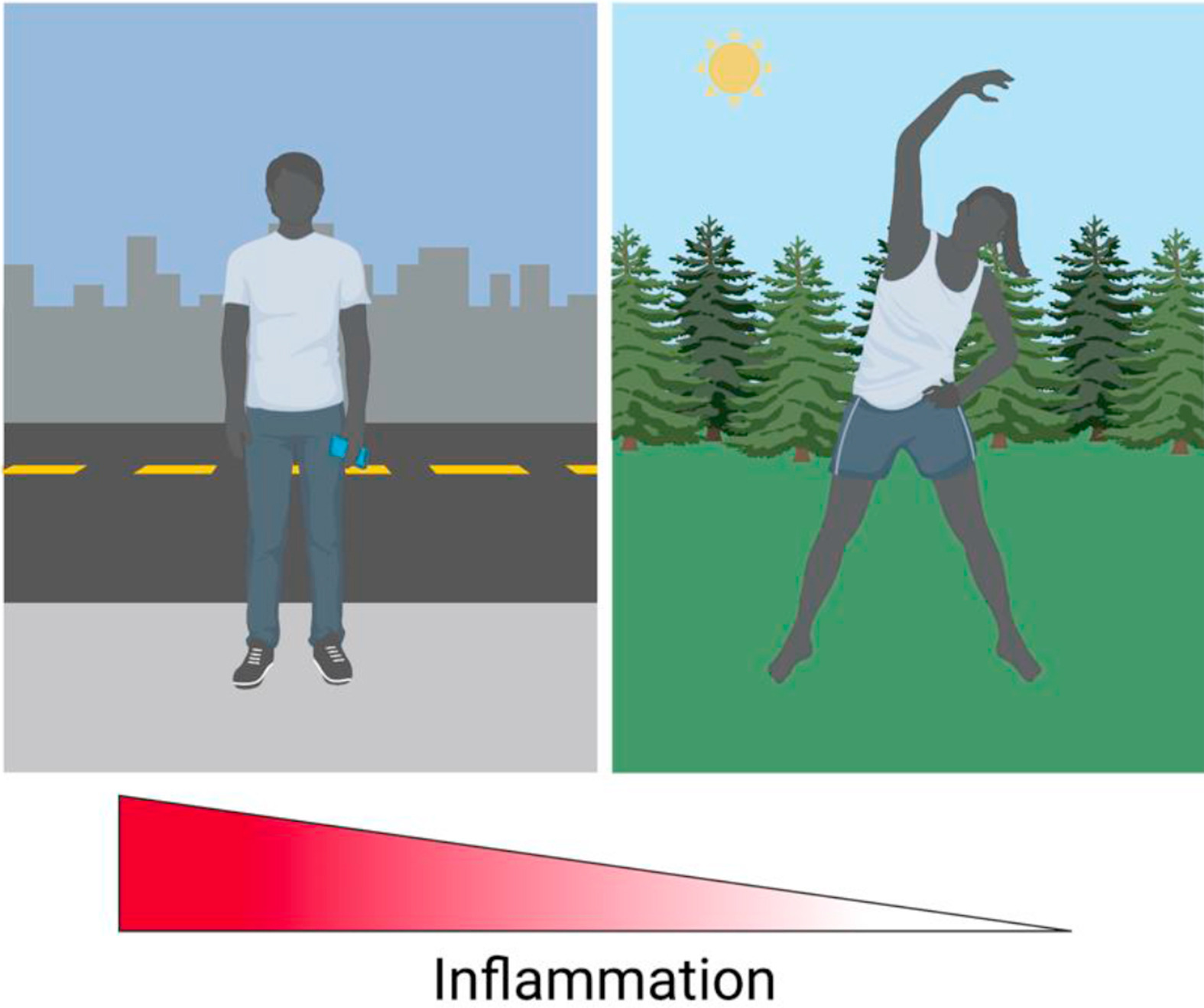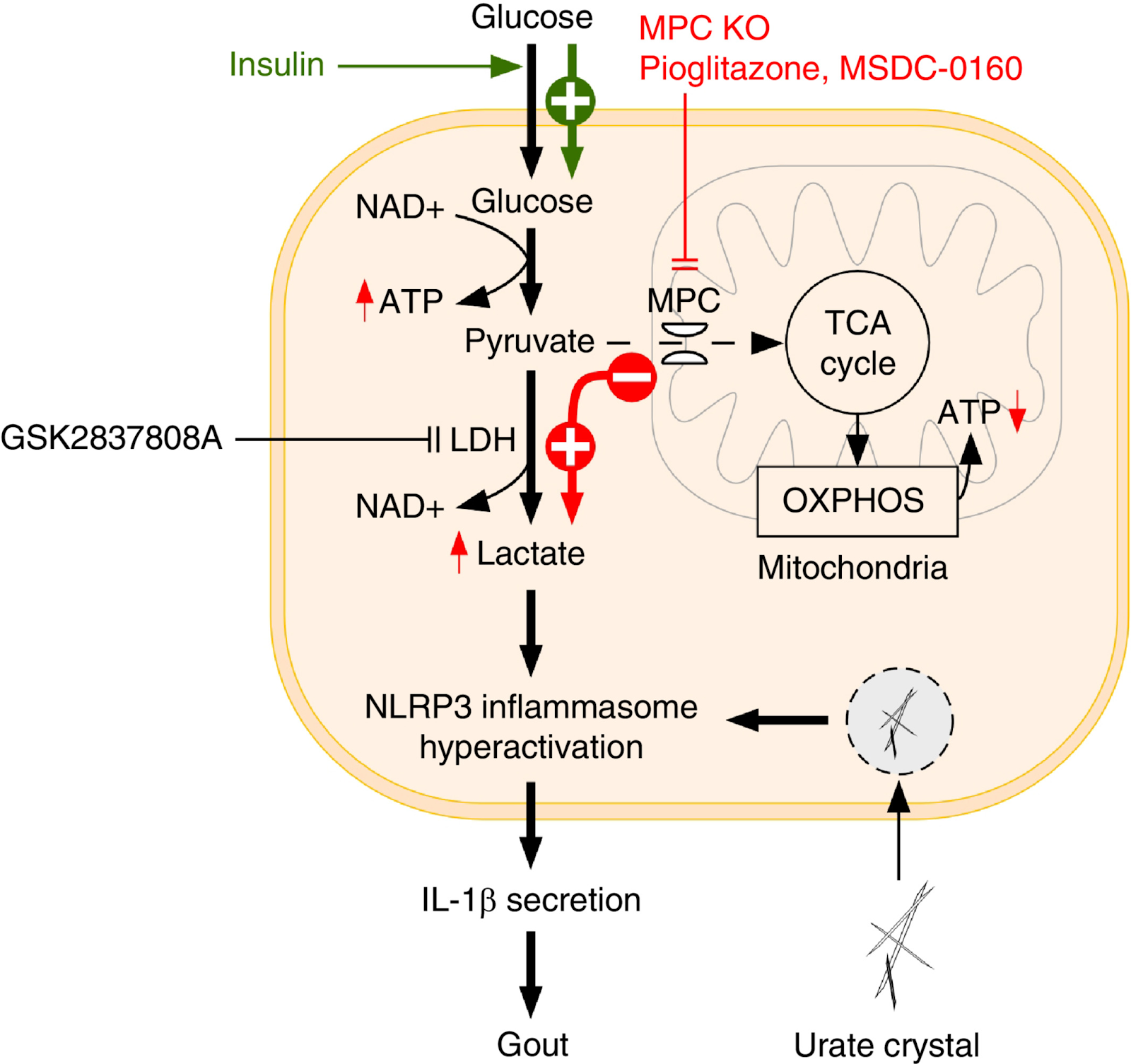Ivermectin Inhibits Growth of Chlamydia trachomatis in Epithelial Cells

by Matthew A. Pettengill, Verissa W. Lam, Ikechukwu Ollawa, Camila Marques-da-Silva, David M. Ojcius. Ivermectin is currently approved for treatment of both clinical and veterinary infections by nematodes, including Onchocerca cervicalis in horses and Onchocerca volvulus in humans. However, ivermectin has never been shown to be effective against bacterial pathogens. Here we show that ivermectin also inhibits infection of e pithelial cells by the bacterial pathogen, Chlamydia trachomatis , at doses that could be envisioned clinically for sexually-transmitted or ocular infections by Chlamydia .







